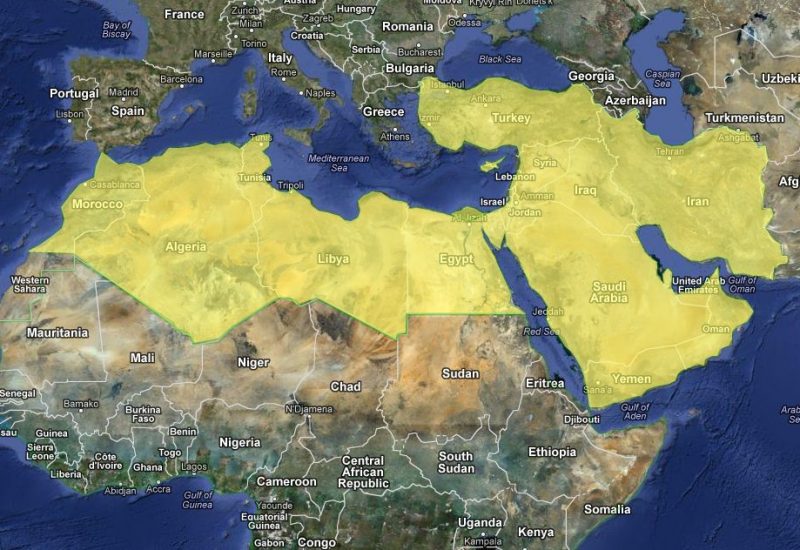- December 11, 2018
- 5:50 pm
- Constitution Making
by Alicia Pastor y Camarasa, PhD Candidate at University of Louvain
Following the 2011 revolution in Tunisia, one of the key demands of the people was a change in the political regime. This would represent a break from the authoritarian past, where the 1959 constitutional regime saw the power wholly concentrated in the hands of the President of the Republic. The president enjoyed complete executive prerogative and was not accountable to the legislative chamber. Up until the revolution, the constitution was continuously amended to strengthen presidential prerogatives. Under the 1959 constitution, there was technically a Prime Minister, but the position remained completely under the aegis of the President.

